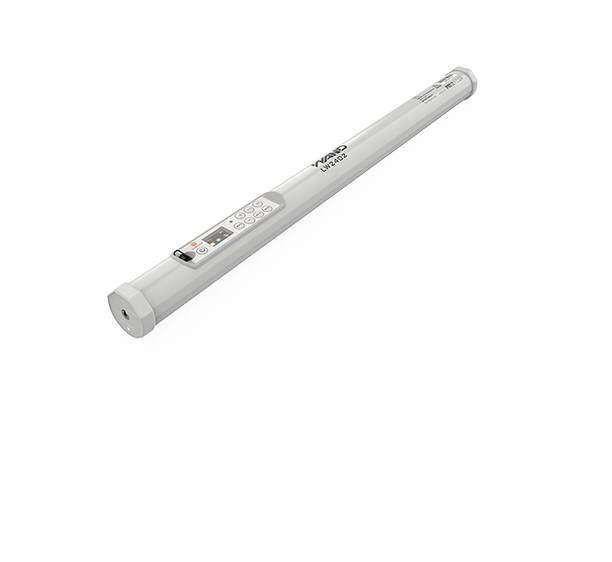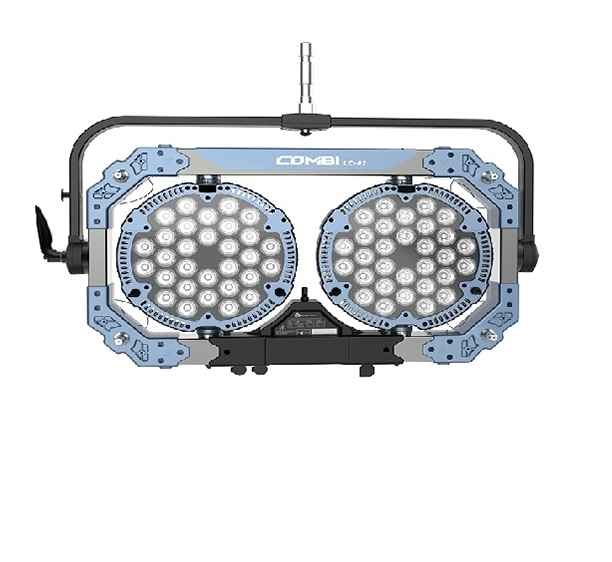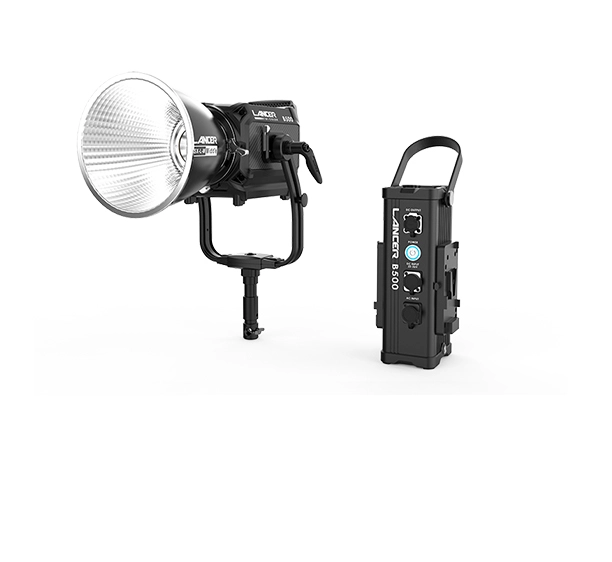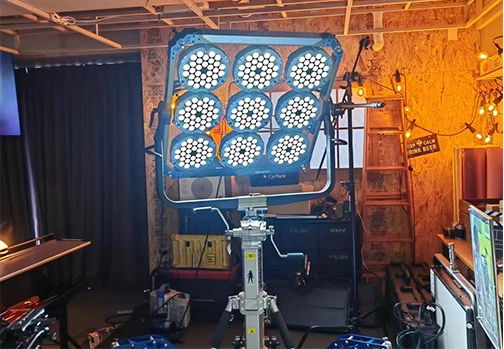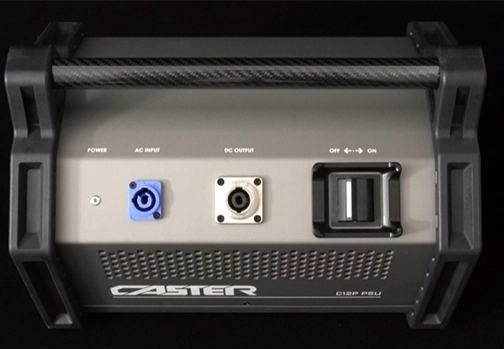In the dynamic world of television, every element contributes significantly to delivering captivating content to viewers. From scriptwriting to camera angles, each aspect must be meticulously considered to create a seamless and engaging experience. An often underestimated component that holds substantial importance in television broadcasts is LED lighting. In this blog post, we will delve into the significance of LED TV studio lighting and its impact on the quality of television broadcasts.
The Evolution of Television Lighting
From the earliest days of television, lighting has remained a pivotal element in broadcasting quality content. Initially, incandescent bulbs illuminated TV studios, offering a warm and soft light. However, these bulbs were inefficient and generated considerable heat. With advancing lighting technology, LED (light-emitting diode) lighting emerged as the preferred choice for TV studios.
Advantages of LED Lighting in TV Studios
LED TV studio lighting presents numerous advantages over traditional lighting systems. Firstly, LEDs are highly energy-efficient, consuming less electricity compared to traditional bulbs. This not only reduces energy costs but also minimizes the environmental impact of television broadcasts. Secondly, LED lights boast a longer lifespan, reducing the need for frequent replacements and maintenance—an invaluable trait in the fast-paced television industry, where downtime can be detrimental.
Moreover, LED lighting allows precise control over color temperature, enabling television producers to establish the desired ambiance for various scenes. This flexibility is crucial as lighting sets the mood and tone of a program. With LED lighting, TV studios can effortlessly adjust the color temperature to create the desired effect, whether it's a vibrant and energetic talk show or a moody and atmospheric crime drama.
Enhancing the Broadcast Viewing Experience
The quality of lighting in television studios directly influences the viewing experience. LED lighting ensures excellent color reproduction, accurately reflecting intended colors in visuals seen by viewers. This is particularly crucial for broadcasts with vibrant sets, costumes, and graphics. The use of LED TV studio lighting guarantees that stunning visuals captivate the audience, enhancing their enjoyment and engagement with the content.
Furthermore, LED lighting offers unparalleled control over the intensity and direction of light. By strategically placing and adjusting LED fixtures, television producers can highlight specific aspects of a set, add depth, and create visually striking effects. Whether illuminating the main anchor during a news program or replicating the warm and cozy atmosphere of a talk show, LED lighting empowers television producers to curate a visually appealing and immersive experience for viewers.
The Future of LED TV Studio Lighting
As technology advances, the future of LED TV studio lighting is expected to evolve further. The adoption of intelligent lighting systems that can be digitally controlled is gaining popularity. These systems offer advanced features such as remote control, color-changing capabilities, and programmable lighting sequences. With such innovations, TV studios can have even more control and creativity over their lighting setups.
Additionally, the integration of LED lighting with other emerging technologies, such as augmented reality, presents an exciting prospect for the future of television broadcasts. LED lights can be employed to enhance the virtual elements in augmented reality broadcasts, creating a seamless and immersive viewing experience.
In conclusion, LED TV studio lighting plays a pivotal role in television broadcasts. Its energy efficiency, longevity, and versatility make it the preferred choice for TV studios worldwide. LED lighting not only enhances the visual quality of television content but also contributes to a more sustainable and cost-effective production process. As technology continues to advance, we can expect LED lighting to become even more integral to the future of television broadcasting.
 English
English 日本語
日本語 한국어
한국어 Español
Español italiano
italiano العربية
العربية

